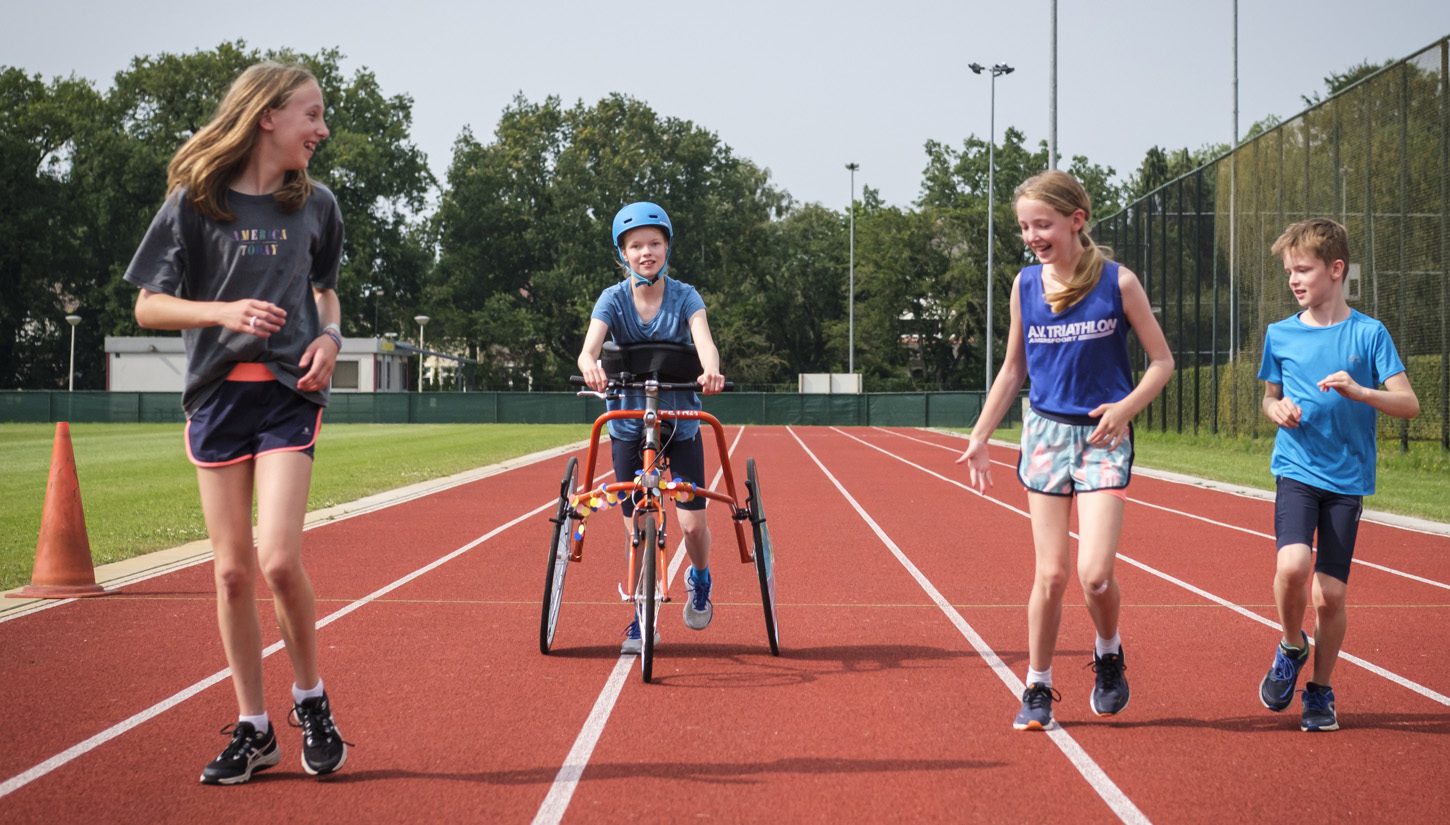Running is a popular activity that provides immense health and wellness benefits. But for people with disabilities, running can seem challenging or impossible. With some adaptive techniques and resources, running is more accessible than ever for differently abled athletes. This article explores strategies and tools to make running more achievable for those with managing disabilities.
Mobility Impairments
For runners with impaired mobility like muscle weakness, limb differences, or missing limbs, adaptive equipment can provide support and stability. Custom medical braces offer alignment and restrict unwanted movement. Crutches and walking sticks allow for more controlled movement. And prosthetic running blades are designed for speed and responsiveness. Practicing on smooth, flat surfaces is best to start for safety.
Visual Impairments
Runners with visual impairments can use a guide runner, tether, or electronic device for assistance. Guide runners describe terrain details to the visually impaired runner while directing them. A tether attached between guide and runner provides a tactile signal. Some smartphone apps provide audio cues to navigate routes. Reflective vests also give the runner better visibility. Starting on familiar paths helps runners get oriented before expanding to new routes.
Deaf/Hard of Hearing
For deaf and hard-of-hearing runners, maintaining spatial awareness is key for safety. Running partners can use physical gestures like taps to signal direction changes, hazards, pace changes, and more. Staying alert through vision instead of relying on sound helps mitigate risks.
Cognitive/Intellectual Disabilities
Cognitively or intellectually impaired runners may benefit from coaches providing patience, empathy and creative communication tactics. Simple, concise instructions using demonstrations, models and consistent cues works best. Focusing on one goal at a time and celebrating small achievements keeps runners motivated. Apps like Runner Connect use visual pacing alerts to indicate speed. Finding local Special Olympics running programs also provides a supportive community.
Chronic Medical Conditions
For runners managing chronic illness like asthma, diabetes, seizures or digestive issues, careful preparation prevents exacerbation of symptoms. Testing blood glucose or oxygenation levels indicates whether conditions are optimized for exercise. Having quick carbohydrates, medical IDs and cell phones in case of emergencies is prudent. Listening to warning signs and not pushing through intense discomfort prevents medical crises. Finding an ideal individual pace is key.
Adaptive Running Communities
Many local and nationwide running groups provide dedicated training, coaching and races for adaptive athletes. Achilles International, Move United and Blaze Sports are a few examples helping differently-abled individuals rediscover sports. Explore their sites for local chapters and accessible running events. There are also Paralympic Games with inspiring world-class disabled athletes to watch and learn from.
Conclusion
While disabilities can create unique barriers to running, more resources than ever exist to help differently-abled athletes thrive. Prioritizing safety, using specialized adaptive gear, running with a partner, sticking to controlled environments, monitoring medical issues, and joining supportive communities allow runners of all abilities to chase their passion. What disability do you need to accommodate for? With some preparation and aid, the joy and triumph of crossing any finish line is possible.

